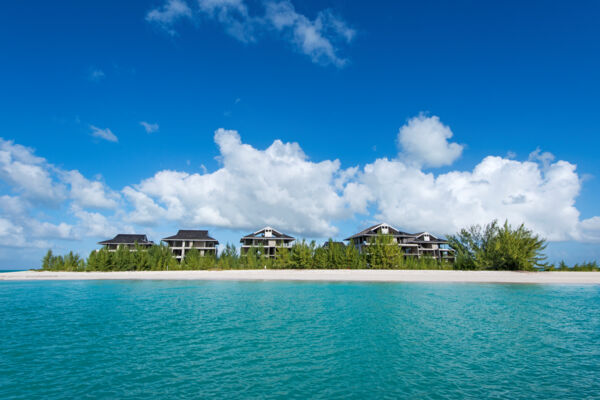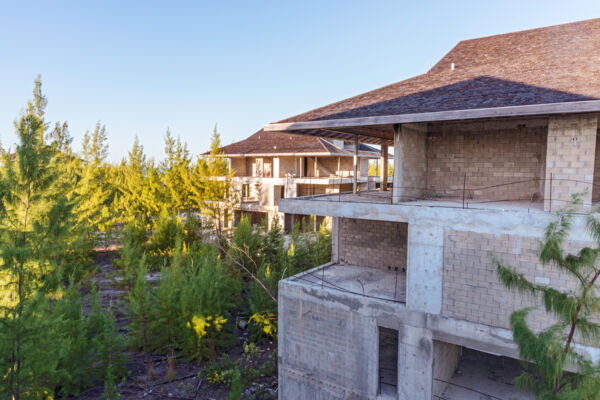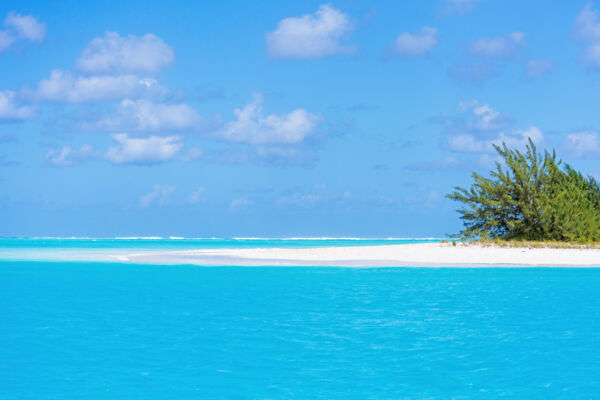Dellis Cay Turks and Caicos

Dellis Cay is a 560-acre (2.3 km²) island located in the string of cays between Providenciales and North Caicos. This cay is currently uninhabited, and does not have any residents or finished resorts.
Unfortunately, the island is marred by uncompleted structures on its western beach. This resort scheme was part of the 2008 luxury Mandarin Oriental Dellis Cay Project.
Dellis Cay is currently the future site of a Hilton Group Waldorf Astoria resort, scheduled for 2028.
A beautiful beach wraps around the northwest point of this cay, and Dellis Cay enjoys the reputation of being one of the best beaches in the country for seashell beachcombing.
Getting to Dellis Cay
There are no scheduled ferries to Dellis Cay, which is uninhabited. However, due to the island’s proximity to Fort George Cay, Pine Cay, and Water Cay, the island is a common stop on boat charters. Many private charters will visit the cay if requested.
John Dellis and History of Dellis Cay
Dellis Cay was named in the late 1800s after Grecian John Dellis.
In 1879, expert skin diver John Dellis moved to the Turks and Caicos from the island of Hydra in Greece to begin the sponging industry in the islands. His base of operations was Dellis Cay and the islands between Providenciales and North Caicos.

Initially, sponges were harvested directly from the reefs surrounding the Caicos Islands, yet they were overfished and became depleted within decades. After that, the sponges were farmed in sheltered lagoons, including Chalk Sound, where some ruins still remain in the water.
The process was simple: small pieces of 'reef' and 'wool' types of sea sponges were harvested from the reefs, cut into small pieces, and anchored to concrete and rock bases. In 2–3 years, the sponges would be large enough to harvest, after which they would be cut, dried, and exported.
Two occurrences rapidly put an end to the industry: a blight disease and the introduction of modern synthetic sponges. It’s quite interesting that another significant means of income to the Turks and Caicos died at the same time for similar reasons. Sisal, a fibrous agave exported to make rope and raised on almost every major island in the country, became unviable to raise due to the invention of plastic fibers.
The Dellis Cay Project

The ambitious Dellis Cay Project that was planned for the tiny island in the early 2000s was to combine the design works of several of the world’s top architects.
David Chipperfield Architects, Lissoni Associati, Kengo Kuma, Zaha Hadid, and Carl Ettensperger each designed various elements, including the hotel, villas, residences, the spa, restaurants and boutiques, the marina, and coastal features. It’s interesting to consider what the project could have become if completed. Unfortunately, due to the caustic marine environment, the unfinished structures are likely unsalvageable, and will probably have to be demolished for future development to occur.
The Dellis Cay Project is one of several projects that fell through during the 2008 financial crisis, including the Royal Reef resort at Sandy Point on North Caicos and the Molasses Reef Project on West Caicos.
Terrain and Geography

The terrain of Dellis Cay consists mainly of low-elevation sandy soil and low stone bluffs formed from soft marine limestone. Medium-density salt-resistant coastal vegetation covers all of the solid ground that wasn’t bulldozed by the resort project.
As is the case with many of the islands in the area, the entire southern side of Dellis Cay consists of wetlands. Much of the wetlands are marine mangroves, but some of the interior ponds are brackish, which is an unusual environment in the Turks and Caicos.
Narrow channels separate Dellis Cay from Parrot Cay and Fort George Cay.
